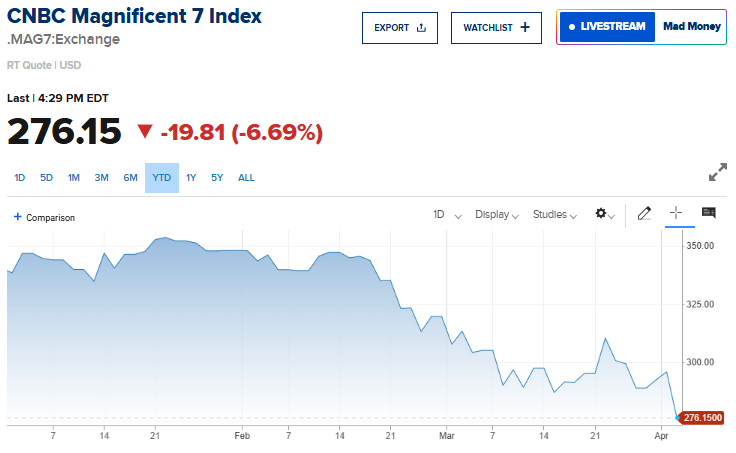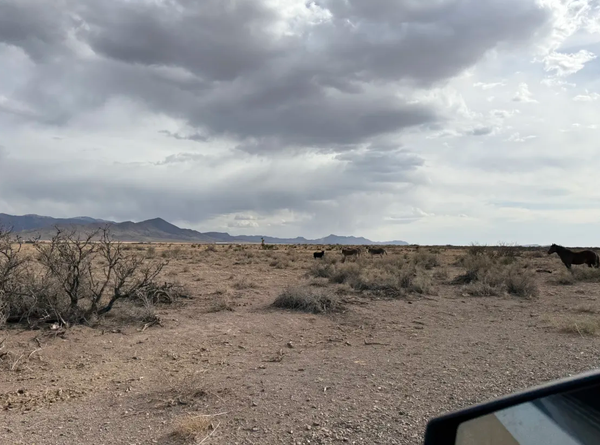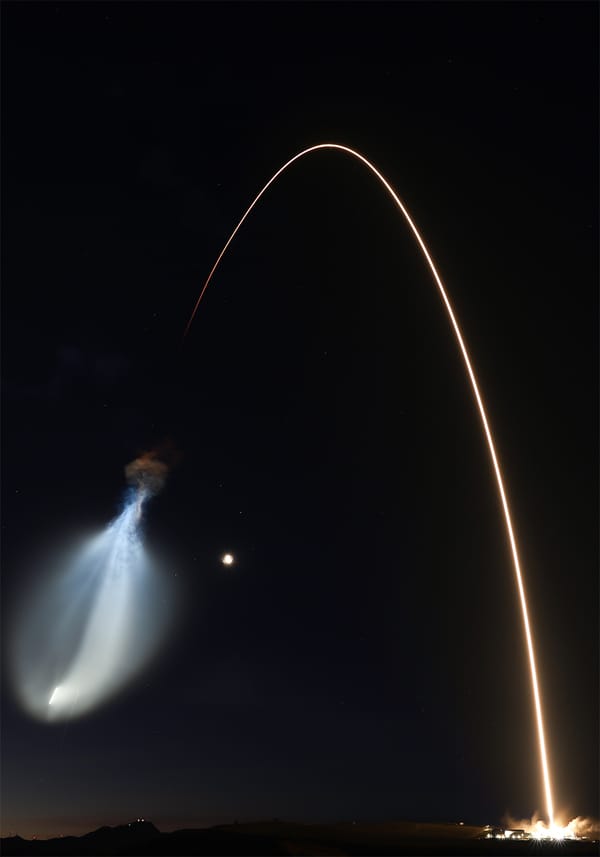Analyzing Apple Afresh

First a quick note about the big tech deal this morning:
Interesting that even with the 50% premium that $MSFT is paying for $LNKD today, $LNKD is still selling itself for 25% less than its all-time high reached several times over the last few years.

Twitter’s spiking this morning on the idea that this Microsoft for LinkedIn deal means something for Twitter too. I don’t think $MSFT‘s buy of $LNKD means much for anybody but those two companies themselves.
Now onto today’s report — let’s analyze Apple afresh.
When I bought my first shares of Apple for me and my old hedge fund investors back in March 2003, it was in large part because I believed in Steve Jobs and his vision for the company, their products, services and ecosystem. At the time I first bought Apple, the company had rolled out the iPod (which I used to say would one day become a “Mini-MacBookPro-for-your-pocket“) and the iTunes was just being rolled out.
Over the next eight years, under Jobs’ leadership until his passing, Apple spent the time being incredibly innovative, rolling out must-have products and revolutionizing how we interact with the Internet. The company did all that even as Jobs was adamant that Apple also hoard cash, spending industry-low levels on R&D, paying no dividend and doing no stock buybacks.
I tend to look unfavorably at stock buy backs and this Apple ride for the last five years has underscored why.
Apple has spent nearly $40 billion in dividend payments since they (re)implemented their dividend back in 2012. And they’ve spent $130 billion in stock buy backs.
Apple’s current cash balance shows $230 billion in net cash vs $70 billion in debt (debt that carries almost no interest payments, by the way, thanks to Federal Reserve’s artificially low rates).
If Apple had never spent a dime on dividends or stock buybacks, the company would currently have $350 billion in net cash on the balance sheet.
If Apple had been as cash-hoarding as Steve Jobs probably would have wanted them to, that’s how much cash Apple would have right now. Apple is due to kick off at least another $80 billion in cash flow from operations this year and again next year, assuming no growth at all (analysts currently expect Apple to grow earnings and cash flow by about 10% and revenues by about 5% in 2016 and 2017).
That means by the end of 2017, Apple could have had more than $1/2 trillion in net cash on the balance sheet with no debt. Apple’s entire market cap right now is $530 billion. Not many publicly-traded companies are in a position to equal their entire market cap with their net cash balance in the next two years. None, in fact, not even Apple.
Because the company spent all that money on dividends, buy backs and what not, the company instead has $170 billion in cash and will likely spend almost as much on dividends and buy backs in the next two years as the cash flow they generate.
Assuming that means Apple spends $50-60 billion on stock buy backs, with the stock around $100/share that would mean that the company would buy back 500 million shares or about 10% of the shares outstanding. I’m not sure we’re getting much out of that though. At least with the $15-20 billion on dividends each of the next two years, I put the money in my pocket as a shareholder. If I want to buy more shares with that dividend payout, that’s my prerogative. But I do wish Apple would quit spending so much on stock buybacks.
To be clear though, I don’t want Apple to just blindly plow those hundreds of billions of dollars in to research and development at the firm either.
In 2003, Apple spent less than $1/2 billion on research and development the same that the company created and produced the iPod, the original iTunes store and new lines of Mac computers.
In 2007, Apple spent less than $3/4 of a billion on R&D the same year that included creating and rolling out the iPhone.
And in 2015, Apple spent $8 billion to create and rollout the Apple Watch…
Put another way, Apple spent more in the last twelve months on R&D than the company did from March 2003 when I first bought the stock and it was being turned around under Steve Jobs to the time Tim started running the company full time in mid 2011.
Apple spent $22 billion on R&D since 2011, and all we have to show for it is the Apple Watch that I put in a drawer four months ago and haven’t pulled back out since?
Maybe Jobs was right when he pointed out in a 1998 Fortune interview that:
“Innovation has nothing to do with how many R&D dollars you have. When Apple came up with the Mac, IBM was spending at least 100 times more on R&D. It’s not about money. It’s about the people you have, how you’re led, and how much you get it.”
A couple last points to make here about Apple over the last five years since Jobs’ death. The stock is up nearly double since then, giving it an annualized rate of return of 15% per year, which is little bit better than the S&P 500’s 70% total rise and 11% per year return over the same time frame. Then again, since Apple announced its first dividend and stock buy back on the same day back on March 19, 2012, Apple’s stock is up a measly 20% or so, for an annualized return rate of 4.5% vs the S&P 500 which is up 42% for an annualized return rate of nearly 10% since that date.
Finally, could you imagine the impact it would have on the broader US economy is Apple were to have saved $350 billion for their balance sheet and they announced a special one-time 1/3 of a trillion dollar dividend payment? We’d be talking about a stimulus for the economy that’s equivalent to 2% of the entire US GDP!
So I’ve owned Apple for a baker’s dozen years now.I’ll give the stock another year or two year here, if for no other reason than I can’t find any other mega-cap stock on the planet that is kicking off cash this year and next that’s equivalent to 1/6th of its entire market cap.
But I want to we finally see some incredible innovations coming out of the company once again. Maybe a self-driving car or even better, how about an Apple flying self-driving solar-powered vehicle? Call it the iFly. I’ll give the stock another year or two year here, if for no other reason than I can’t find any other mega-cap stock on the planet that is kicking off cash this year and next that’s equivalent to 1/6th of its entire market cap. My best guess is that Apple sees $130-$140 price in the next couple years based mostly on that cash flow scenario, regardless of stock buybacks or dividend increases. Any new innovation would probably make that price target go even higher.




